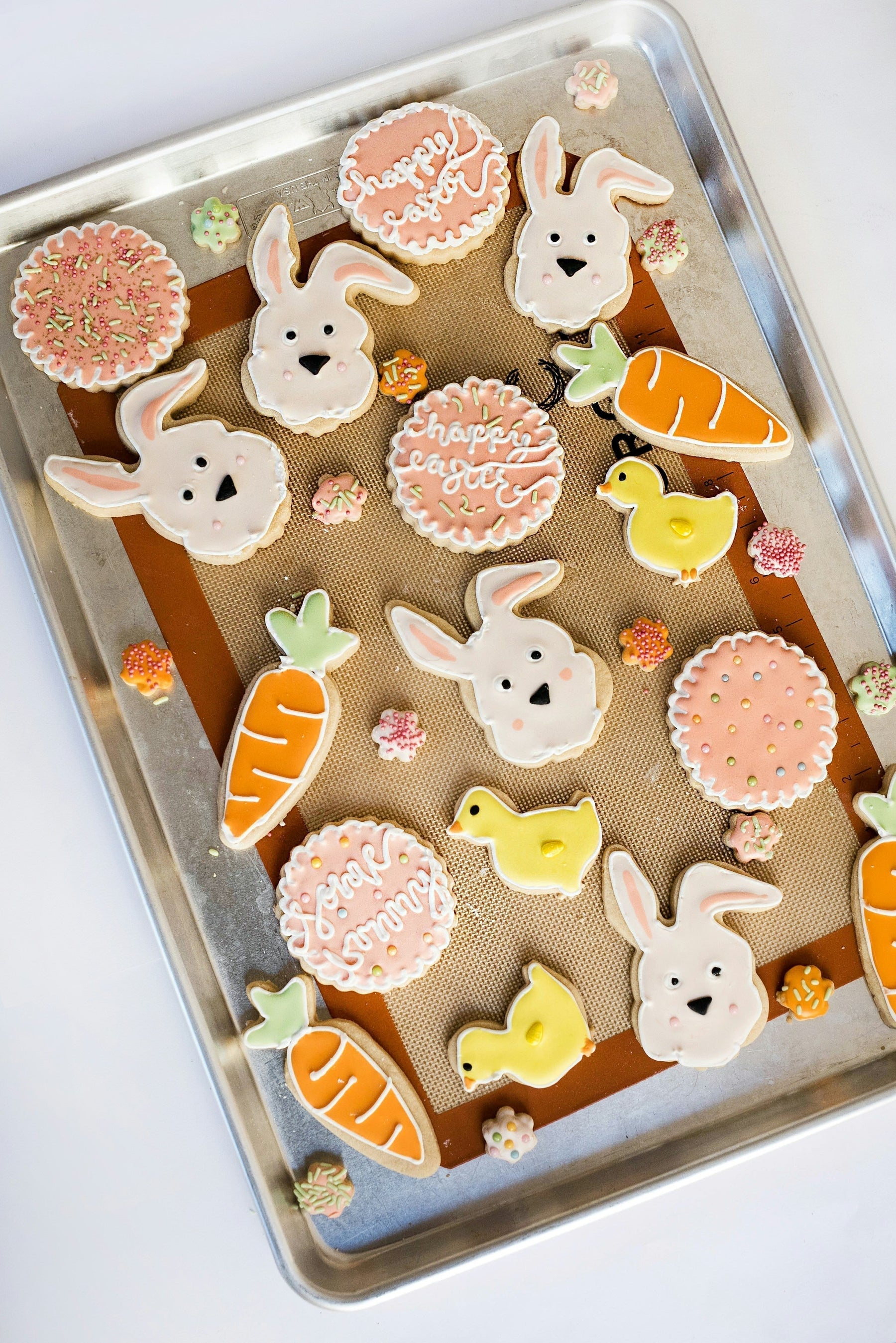
10 Fun and Sensory-Friendly Easter Activities for Children with SPD
Easter is a wonderful time to celebrate with family, enjoy creative activities, and indulge in delicious treats. However, for children with Sensory Processing Disorder (SPD), traditional Easter activities can be overwhelming. The bright colours, loud sounds, and new textures can trigger sensory overload. Plus, the abundance of chocolate can lead to challenges with compulsive behaviour and sugar highs.
With a few simple adaptations, you can create sensory-friendly activities that cater to your child’s unique needs. Here are 10 multisensory Easter activities that can engage and
support sensory regulation while ensuring your child has a fun and meaningful experience.
1. Sensory Easter Egg Hunt
A traditional Easter egg hunt can be modified to provide a tactile and sensory-friendly
experience. Instead of regular plastic or chocolate eggs, consider using eggs with different textures such as:
● Fuzzy eggs covered in felt or fabric
● Bumpy eggs with raised textures or stickers
● Soft eggs made of foam or squishy material
Fill the eggs with sensory items like:
● Kinetic sand, playdough, or small fidget toys
● Cotton balls scented with lavender or citrus
● Bells or rice for auditory stimulation
This activity provides tactile and auditory sensory feedback, making the egg hunt more
accessible for sensory-sensitive children.
2. Easter-Themed Sensory Bins
Create a sensory bin to engage your child’s hands-on, tactile senses. A few ideas include:
● Dyed rice or chickpeas in pastel colours
● Shredded paper “grass” with hidden surprises
● Dyed pasta shapes resembling Easter eggs or bunnies
These sensory bins allow children to scoop, pour, and discover hidden objects, promoting fine motor skills and sensory regulation. This is ideal for children who benefit from tactile input.
3. Squishy Play with Marshmallows and Foam Sweets
Marshmallows and soft foam sweets aren’t just for eating—they also make a great squishy
sensory tool! Let kids explore the texture by:
● Stretching, squishing, and pressing to feel their soft, sticky consistency
● Mixing them into homemade edible slime, jelly or play dough for extra sensory fun
● Using a rolling pin to flatten them for proprioceptive input, which can help with
regulation and hand strength
4. Bunny Hop Obstacle Course (Gross Motor Activity)
For children who love movement-based sensory input, a Bunny Hop Obstacle Course can be both fun and beneficial. You can include:
● Mini trampolines for jumping
● Crawling tunnels to mimic rabbits burrowing
● Stepping stones for hopping like an Easter bunny
This activity supports vestibular and proprioceptive input, encouraging movement and
helping children with SPD regulate their sensory needs.
5. Easter Egg Water Bead Hunt
Water beads provide a soothing and mesmerising tactile experience for children who enjoy squishy textures. Fill plastic eggs with hydrated water beads, then:
● Let kids open the eggs and scoop out the water beads
● Encourage sensory exploration by sorting the beads by colour
● Use spoons and small cups and containers to practice fine motor coordination and
skills
6. Easter-Themed Scented Play Dough
Homemade play dough is a fantastic sensory activity. Add Easter-themed scents to make
the experience even more engaging:
● Lavender oil for a calming effect
● Citrus scents for an energizing experience
● Cocoa powder for a “chocolate” smell without the mess
Encourage children to shape the dough using Easter-themed cookie cutters, providing a
therapeutic tactile experience that supports creativity and sensory regulation.
7. DIY Egg Shakers for Auditory Stimulation
For children who seek auditory input, DIY egg shakers are a great choice. Fill plastic eggs
with materials like:
● Dry rice for a soft sound
● Dry beans for a louder shake
● Beads or jingle bells for a high-pitched sound
Let children shake the eggs in rhythm with music, encouraging auditory exploration and
movement.
8. Easter-Themed Taste Test (Oral Sensory Fun)
Set up an Easter snack tasting station to explore different tastes and textures, perfect for children who seek oral sensory input. Include:
● Crunchy carrot sticks for chewing
● Soft marshmallows for a different mouthfeel
● Sour vs. sweet jellybeans for taste exploration
This activity supports oral motor development and can help picky eaters try new foods in a fun, sensory-friendly way.
9. Calm-Down Easter Glitter Jars
A calm-down glitter jar is a great visual and proprioceptive tool to help children regulate their emotions. To make one:
● Fill a jar with warm water, clear glue, and pastel glitter
● Add tiny Easter confetti or small objects for extra fun
● Let children shake the jar and watch as the glitter settles
This activity helps children focus, calm down, and regain emotional control.
10. Easter Egg Painting with Alternative Tools
For children who may find traditional painting overwhelming, try alternative tools to explore paint and textures. Use:
● Frozen paint cubes for a cool sensation and less mess
● Cotton balls or pom-poms for a soft texture
● Sponges or rolling brushes for sensory-friendly control
This activity encourages creativity and can also help children desensitize to different
textures and paint sensations.
Making Easter sensory-friendly is all about incorporating activities that align with your
child’s unique sensory preferences. By offering multisensory Easter activities, you can
ensure that your child participates in the holiday fun while also feeling safe, regulated, and included.
Will you be trying any of these activities this Easter? Share your experiences with us


Leave a comment